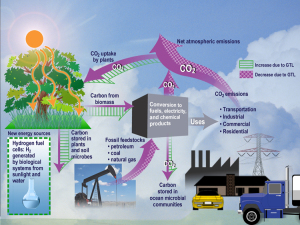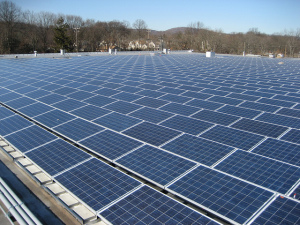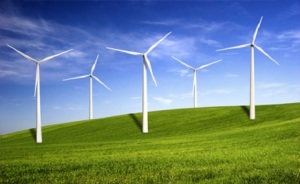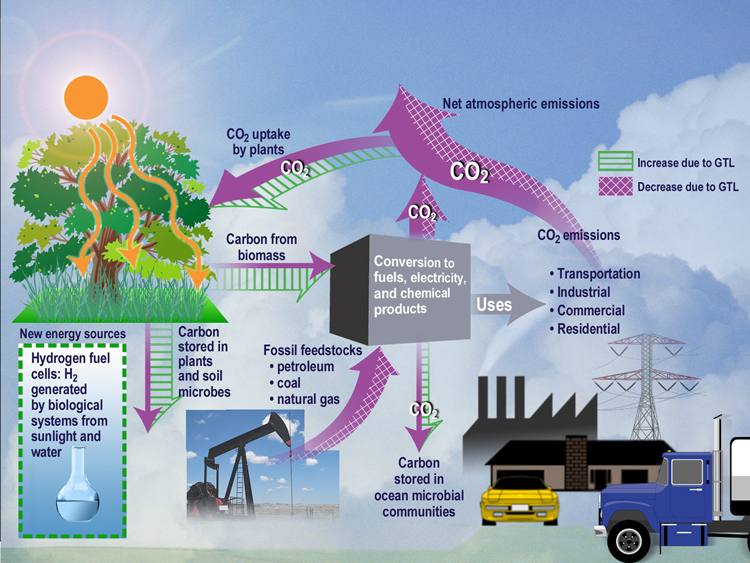 The World Energy Crisis and the quest to finding a sustainable energy source have been in media and a debate amongst many nationals. This is definitely a raising concern with limited stock of non renewable energy sources and its implications on the environment. For decades we had found fossil fuel and coal as our prime choice for generating electricity. We might not have deliberately remained ignorant on its limited stock and its combustion generating detrimental environmental effect, leading to Global Warming. But now we have definitely buckled down to drift our attention and research towards more sustainable energy sources.
The World Energy Crisis and the quest to finding a sustainable energy source have been in media and a debate amongst many nationals. This is definitely a raising concern with limited stock of non renewable energy sources and its implications on the environment. For decades we had found fossil fuel and coal as our prime choice for generating electricity. We might not have deliberately remained ignorant on its limited stock and its combustion generating detrimental environmental effect, leading to Global Warming. But now we have definitely buckled down to drift our attention and research towards more sustainable energy sources.
Renewable energy sources are sources that could be utilized to generate electricity more efficiently and is never going to run off its stock. This is definitely our prime concern as the properties of renewable energy sources compensate for the biggest drawbacks of non renewable energy sources. In other words it is both environmental friendly and it has unlimited stock. Though the novel technology has not yet achieved the efficiency of fossil fuel, coal and natural gas but the outcome is optimistic with much energy and attention diverted to burnish the technology.
India and many other developing nations are now utilizing the variable renewable energy sources readily available on the Earth to harvest electrical energy. In developing nations, particularly it is vital that we grow interest towards this technology as it could easily be a convenient method to power the rural areas where the residents find frequent power failure as part of their everyday routine. Large scale energy productions for these affected areas are the projects that the authorities should consider to generate. The list includes: solar energy, wind energy, biomass, hydroelectrical energy and even geothermal energy. All these renewable sources are used widespread across the globe in adjacent to the non renewable fossil fuel/coal to generate electricity. We will focus on some of these renewable energy sources in our today’s article that might eventually develop to be our tomorrow’s sole reliable energy source.
Solar Energy:
 This technology uses the solar energy to generate electrical energy. PV (Photovoltaic) cells are semiconductor devices that convert the sunlight into electrical energy. When sunlight strikes the PV cells the loosely held electrons in the material gets excited to the conduction band thereby creating a potential difference between metal contact of the top and bottom surfaces. Added to the system is a battery that can store the electrical energy produced when the sun is out and later supply us after dusk or even on cloudy days. PV cells generate DC (Direct Current) but all our home appliances run on AC (Alternating Current).Hence an inverter is used to convert the DC to AC.
This technology uses the solar energy to generate electrical energy. PV (Photovoltaic) cells are semiconductor devices that convert the sunlight into electrical energy. When sunlight strikes the PV cells the loosely held electrons in the material gets excited to the conduction band thereby creating a potential difference between metal contact of the top and bottom surfaces. Added to the system is a battery that can store the electrical energy produced when the sun is out and later supply us after dusk or even on cloudy days. PV cells generate DC (Direct Current) but all our home appliances run on AC (Alternating Current).Hence an inverter is used to convert the DC to AC.
This technology has been the centre of research for over a decade. The reason is obvious with Global warming in effect the sun’s intensity can now be easily utilized to counterbalance the former ordeal. Large scale energy production, in adjacent to solar powered air conditioner, solar street light and solar battery are amongst the many advances that Indian companies had made to generate a sustainable energy source.
There are concerns however with the system with its high initial investment. With the advancement in technology and production the price is sure to go down. A solar system can easily operate for over a decade and will certainly reduce your utility bill and it is the reason why most Indians are now thinking of using this technology adjacent to their dependence on the electric grid.
Wind Energy:
 The first thing when we talk about wind energy that pops to our mind is a picturesque of tall 100 feet windmill towers located near a coastal area. Denmark and many other European nations along with US are harvesting this technology to generate electricity. Almost 25% of Denmark’s electricity is produced through its reliance on wind energy. However the technology has its drawback for its high initial investment on the windmill towers and the land area. To generate sufficient electrical power turbine with long blades needs to be situated near high wind speed area. The irritating sound energy of the rotating blades makes it an uncomfortable area of its residents.
The first thing when we talk about wind energy that pops to our mind is a picturesque of tall 100 feet windmill towers located near a coastal area. Denmark and many other European nations along with US are harvesting this technology to generate electricity. Almost 25% of Denmark’s electricity is produced through its reliance on wind energy. However the technology has its drawback for its high initial investment on the windmill towers and the land area. To generate sufficient electrical power turbine with long blades needs to be situated near high wind speed area. The irritating sound energy of the rotating blades makes it an uncomfortable area of its residents.
In spite of its several drawbacks it is yet a suitable energy source because part from its high initial investment, the operating cost is minimum because wind is completely free.
Biomass:
 Biomass uses plant derivatives and waste organic material of animals to generate electricity. In India, there has been some development of small to large scale projects on this technology. The chemical energy in biomass can be readily converted to electrical energy in a similar process used by fossil fuel and coal.
Biomass uses plant derivatives and waste organic material of animals to generate electricity. In India, there has been some development of small to large scale projects on this technology. The chemical energy in biomass can be readily converted to electrical energy in a similar process used by fossil fuel and coal.
The drawbacks are however reasonable to avert our choice as unlike wind and solar energy; biomass produces carbon dioxide and other synergic gases during its combustion.
There is much other renewable energy; some are readily used to generate electricity and others yet remain to be discovered. Either ways renewable energy source is the ultimate answer to a greener tomorrow.
